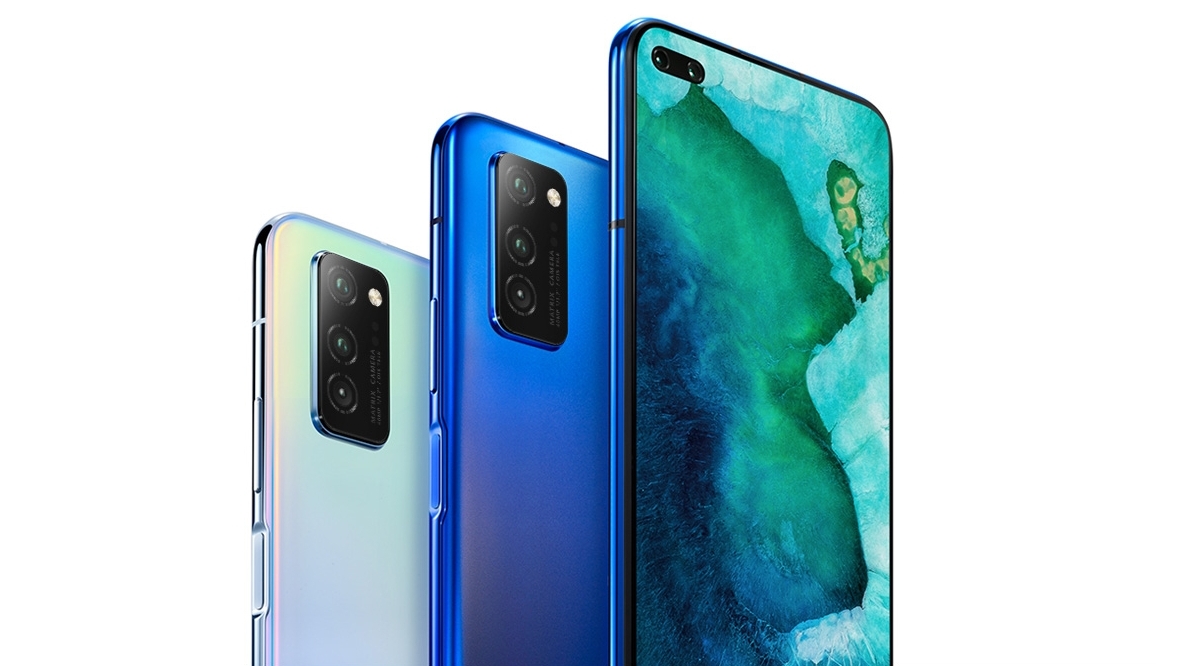Honor View 30 and Honor View 30 Pro announced with 5G and flagship specs

There’s very little of 2019 left, but Honor has found time to squeeze in two more flagship phones in the form of the Honor View 30 and Honor View 30 Pro (launched in China as the Honor V30 range).
Both phones support 5G, have triple-lens rear cameras, and a high-end Kirin 990 chipset (like you’ll find in the Huawei Mate 30 Pro).
They also both have a 6.57-inch 1080 x 2400 screen with a 91.46% screen-to-body ratio, and upwards of 128GB of storage, along with a dual-lens punch-hole camera on the front, comprising 32MP and 8MP sensors.
- Lots of smartphones will be on sale for Black Friday
- The Huawei ban will affect the Honor View 30 range
- Read our full Honor 20 Pro review


The highlight of the two is of course the Pro model, as this has a few upgrades over the standard version. To start with, it comes with 8GB of RAM, while the Honor View 30 has 6GB.
The Honor View 30 Pro also has a 40MP f/1.6 main camera, a 12MP f/2.2 wide-angle shooter and an 8MP f/2.4 telephoto camera on the back, while the standard Honor View 30 has a 40MP f/1.8 main, 8MP f/2.4 wide-angle, and 8MP f/2.4 telephoto cameras.
The Honor View 30 does have a slightly bigger battery, at 4,200mAh compared to the View 30 Pro’s 4,100mAh; but while both support fast charging, the Honor View 30 Pro also supports fast wireless charging.
The two handsets have metal frames and glass backs, as is the case with just about every premium phone, and they’ll be available in a range of colors. What’s not yet clear, however, is exactly where they’ll be available, when they’ll hit stores, or how much they’ll cost.
Sign up for breaking news, reviews, opinion, top tech deals, and more.
Being Honor handsets they’re likely to undercut most flagships though, with the Honor View 20, for example, starting at £499 (around $650 / AU$900). So if you’re hoping to pick up a high-end bargain, one of these could be the phone for you.
- Check out our guide to the best smartphones
James is a freelance phones, tablets and wearables writer and sub-editor at TechRadar. He has a love for everything ‘smart’, from watches to lights, and can often be found arguing with AI assistants or drowning in the latest apps. James also contributes to 3G.co.uk, 4G.co.uk and 5G.co.uk and has written for T3, Digital Camera World, Clarity Media and others, with work on the web, in print and on TV.